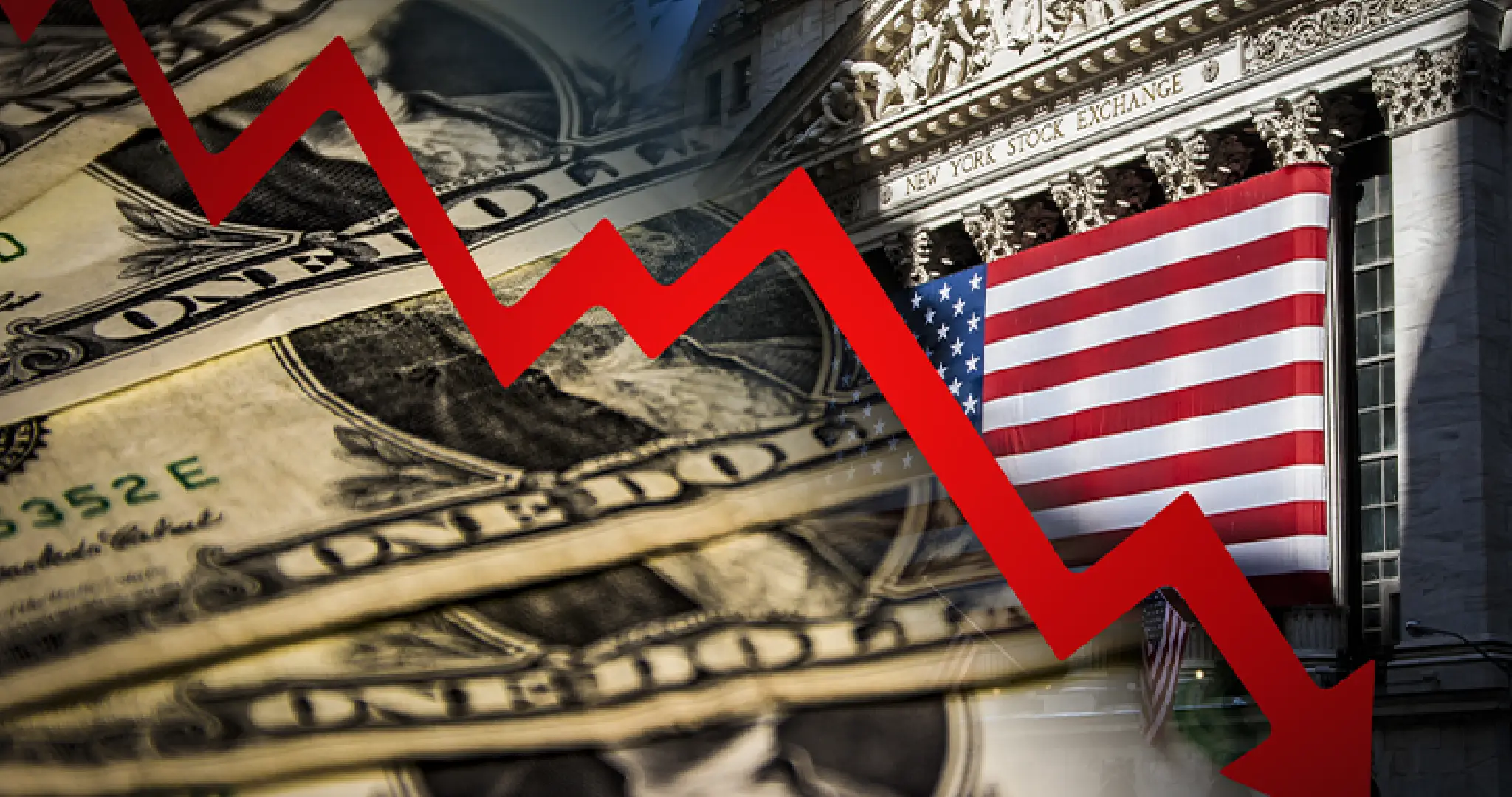History of Recessions in the United States: Causes, Duration, GDP, and Unemployment Rates
Throughout U.S. history, there have been 19 significant recessions, each marked by economic downturns, spikes in unemployment, and fluctuations in Gross Domestic Product (GDP). These recessions have been caused by various factors, including stock market crashes, oil embargoes, financial crises, and geopolitical events. Understanding these historical recessions provides valuable insights into the cyclical nature of the economy and the measures taken by governments to stabilize it.
The National Bureau of Economic Research (NBER) determines the start and end dates of recessions, while the Bureau of Economic Analysis (BEA) tracks GDP growth, and the Bureau of Labor Statistics (BLS) monitors unemployment rates. A key characteristic of recessions is that unemployment often peaks after the recession ends, as businesses wait until the economy shows signs of recovery before hiring permanent staff.
Key Takeaways:
- The first U.S. recession occurred in 1797 due to land speculation, with the intervention of the First Bank of the United States.
- The Great Depression (1929–1938) was the most severe economic downturn, consisting of two back-to-back recessions.
- The U.S. experiences a recession on average once every six years.
- Recessions often have far-reaching impacts on employment and GDP, but the government has historically stepped in to mitigate damage.
Early Major Recessions:
The earliest recessions in U.S. history were often marked by a lack of government intervention and led to major structural changes, including the establishment of the Federal Reserve.
- 1797 – Panic of 1797: Caused by land speculation, the First Bank of the United States and Treasury Secretary Alexander Hamilton expanded the money supply, leading to an economic boom followed by a bust.
- 1857 – Panic of 1857: Triggered by embezzlement at Ohio Life Insurance and Trust Company, it led to the collapse of several banks and a national economic slowdown.
- 1873 – Long Depression: The collapse of the national bank due to the national railway construction speculation triggered this economic crisis.
- 1893 – Panic of 1893: A stock market crash, triggered by the failure of the Reading Railroad, caused widespread financial instability and unemployment.
20th Century Recessions:
The 20th century saw a series of recessions, including the devastating Great Depression, which lasted over a decade.
- 1907 – Panic of 1907: Speculators’ losses caused the collapse of trust companies, and the crisis led to the creation of the Federal Reserve System to prevent future collapses.
- 1929-1938 – The Great Depression: The most severe economic crisis in U.S. history, it was caused by stock market crashes, high-interest rates, and the Dust Bowl. Unemployment peaked at nearly 25%, and GDP contracted by 12.9% in 1932.
- The recovery was slow, with the first recession ending in 1933, helped by President Franklin D. Roosevelt’s New Deal, and the second recession ending with the onset of World War II.
- 1945 – Post-WWII Recession: The transition from wartime to peacetime economy led to an 8-month recession, ending in October 1945.
- 1949 – Recession of 1949: Lasting for 11 months, it was a result of the Fed’s quick interest rate hikes.
- 1953 – Korean War Recession: A 10-month recession caused by tightened monetary policies after the Korean War.
- 1957-1958 – Recession of 1957: Triggered by contractionary monetary policies by the Federal Reserve, this recession led to a 4.1% fall in GDP.
- 1960-1961 – Recession of 1960: A mild recession caused by an economic slowdown, marked by GDP contraction and unemployment reaching 7.1%.
- 1970 – Recession of 1970: A short, mild recession driven by high inflation and unemployment reaching 6.1% by the end.
- 1973-1975 – The Stagflation Crisis: Lasting for 16 months, this recession was fueled by the OPEC oil embargo, rising oil prices, and policies that led to stagflation.
- 1980-1982 – Double-Dip Recession: A two-part recession caused by high interest rates and the Iranian oil embargo. Unemployment reached a high of 10.8%.
21st Century Recessions:
The 21st century saw three major recessions, each triggered by different events but marked by increasing global economic interconnectivity.
- 2001 – The Dot-Com Bust: A recession lasting from March to November 2001, triggered by the burst of the dot-com bubble, compounded by the 9/11 terrorist attacks.
- 2007-2009 – The Great Recession: The longest recession since the Great Depression, it was caused by the subprime mortgage crisis and the resulting global banking collapse. Unemployment peaked at 10%, and GDP contracted by 8.5% in the final quarter of 2008.
- 2020 – COVID-19 Recession: A sudden recession caused by the global pandemic. The economy contracted by a record 31.2% in Q2 2020, with unemployment reaching 14.7%.
Causes of Recessions:
Recessions can be triggered by various factors, including:
- Speculation and financial bubbles: As seen in 1929 and 2001, speculative investments can lead to overvalued assets, and their collapse can cause widespread damage.
- Oil price shocks: The 1973-75 oil embargo caused by OPEC and the Iranian oil embargo in the early ’80s significantly impacted the economy.
- Monetary policy: Interest rate hikes, such as those in 1949 and 1957, often lead to reduced spending and investment.
- Geopolitical events: The 9/11 attacks and the Iraq War affected economic conditions, especially in 2001.
Important Insights:
- The Role of Government: Government intervention often plays a crucial role in mitigating recessions. Programs like the New Deal during the Great Depression and the American Recovery and Reinvestment Act after the 2008 crisis helped spur economic recovery.
- Length of Recessions: Recessions can vary in length. While some last only a few months, others—like the Great Depression and Great Recession—can last years.
- Unemployment Lags: Unemployment rates often peak after a recession ends, as businesses wait for signs of sustained recovery before hiring again.
Frequently Asked Questions (FAQs):
- How Often Do Recessions Occur in the U.S.? Recessions occur on average once every six years. The frequency of recessions, however, is influenced by economic conditions, policy decisions, and external shocks.
- What’s the Difference Between a Recession and a Depression? A depression lasts longer than a recession and causes deeper economic damage. Recessions usually last months, while depressions can span years, like the Great Depression (1929-1938).
Recessions are an inevitable part of the economic cycle. While their causes and severity vary, history shows that timely intervention by the government and monetary authorities can help stabilize the economy and promote recovery.

